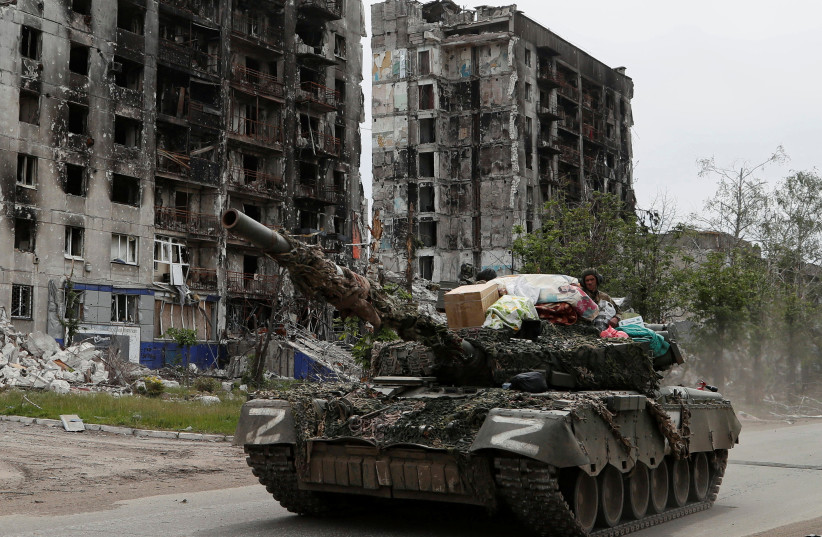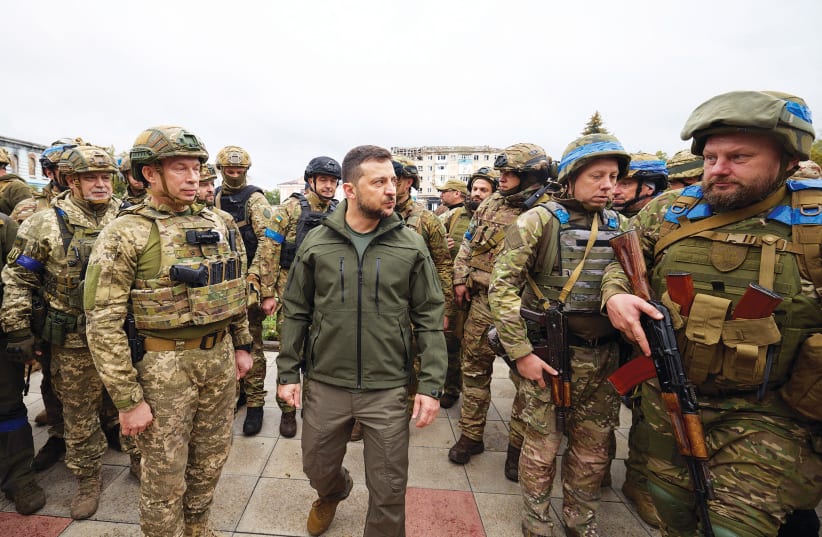The most pressing practical problem in the world today, as distinguished from theoretical scientific, mathematical and philosophical problems in the academic world, is what should be done to make peace between Russia, Ukraine and the Western countries that have been providing Ukraine with military armor, and strategic and economic support against Russia in the form of sanctions.
Interestingly, there is no agreement that there is a problem to be solved, namely how to achieve peace because countries view the situation differently.
Russia does not appear to be trying to achieve peace with Ukraine; on the contrary, they appear to be trying to take as much of Ukraine as they can. Ukraine does not appear to be seeking peace at this time, either. Rather, they are seeking to keep as much of their own territory as possible.
How is peace possible?
Those seeking peace appear to be outside the conflict and even then it is hard to pin down the United States, the UK, France, Germany and other countries. Millions, perhaps billions of citizens worldwide would like to see peace, as millions of Russians and Ukrainians may also wish to see peace.


Yet, the leaders of Russia and Ukraine do not appear to have peace as their number one objective at this time.
What is needed now is a summit dedicated to ending the war and achieving peace. The summit should be called by either President Joe Biden, French President Emmanuel Macron, German Chancellor Olaf Scholz or some combination of the three.
If peace does not become the shared goal of all, there is a risk not only of a long drawn-out war that will kill hundreds of thousands of more Ukrainians and Russians but a nuclear war that could involve the Europeans, the US, Israel and possibly Iran, North Korea and China.
The summit must bring Vladimir Putin and Volodymyr Zelensky to the same table along with their advisors. The two leaders must talk to each other and each must be willing to give up some of his objectives.
Putin cannot expect to get all of Ukraine or even all four areas of Southern Ukraine, which he has annexed. Zelensky cannot expect to get back all four areas and to rid Ukraine of the Russian military for good.
A compromise at this point is for Donetsk and Luhansk, heavily Russian-speaking areas, to go to Russia, areas that have been at war since the 2014 annexation of Crimea.
Putin would save face by bringing some land home to Russia after this terrible war that may have cost Russia over 100,000 lives. Zelensky would also emerge a victor by blocking Russia’s attempt to take over his entire country and only giving up land that is largely lost anyway.
Moreover, Russia, if peace was achieved, would clearly not be sending any tactical or strategic nuclear missiles into Ukraine. Ukraine, therefore, would avoid enormous, even catastrophic damage and death to their military and civilians. Ukraine, in addition, would agree not to join NATO, and the European and American leaders would agree not to invite them.
Even more, the US and Russia would seek to mend some old wounds. The US would acknowledge before the world that Russia did more to win the war against Nazi Germany than the US or the UK, killing 80% to 90% of the Nazis. The US and the Europeans would also lift all economic sanctions against Russia.
Ideally, Russia would agree not to interfere in US elections from here on and not to interfere in the lives of citizens of the former Soviet satellite states, including Poland, Romania, Lithuania, Latvia and Slovenia.
These are the main points of a robust peace treaty, though, of course, not all would necessarily be included and others will emerge. The key is not to restrict it to Ukraine and Russia, but to engage the US and Europe also and to reach back to World War II to set the historical record straight.
Now is the time to inspire Russia and Ukraine to have the same goal, namely peace. The US and European leaders may also need persuading that this is the right goal for all parties.
The writer (dmamaryland@gmail.com) is the editor of the interdisciplinary volume Leveraging (Springer, 2014), has taught at five universities and ran for Congress in 2016 in Maryland.
